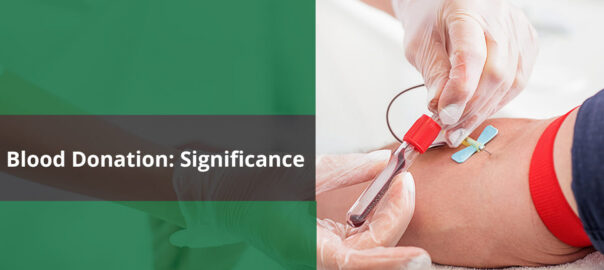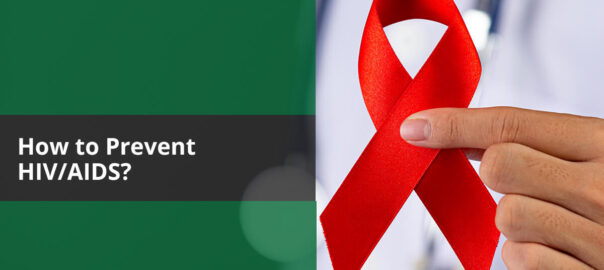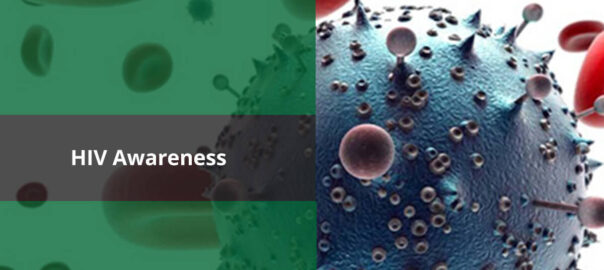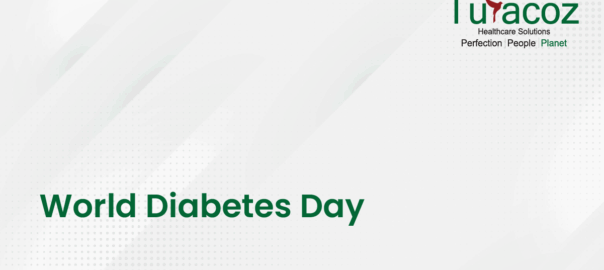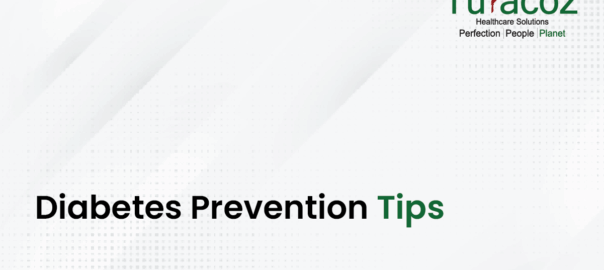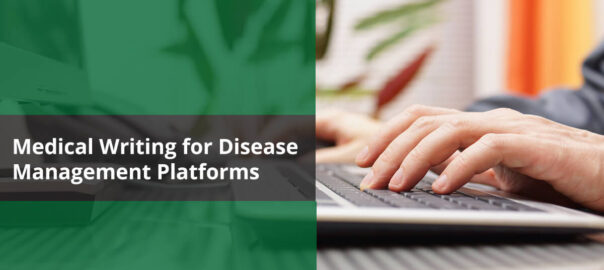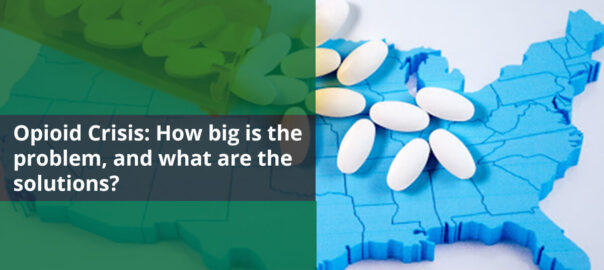Medicine is an ever-changing science. As new researches and clinical experience broaden our knowledge, changes in treatment, and drug therapy help in improvising patient care management. WHO describes research as being an imperative element for settling public health challenges – whether it be combating the diseases highly prevalent in developing countries, responding to the alarming rise of chronic conditions, or ensuring proper prenatal, natal and post-natal care for women and children. Research is a structured evaluation to present the facts and reach new conclusions. Medical and scientific conferences serve as a platform for research sponsored by various organizations. These conferences are of crucial importance to disclose and discuss potentially practice-changing data of on-going research studies. The variation in the practices of different organizations makes it difficult to adhere to the good publication practice guidelines and conference requirements. There are no specific guidelines or recommendations to describe the standards for conference presentations.
Company-Sponsored Research
The company-sponsored research is presented in the conferences in the form of abstracts and posters. The scientific committee of the conference review the abstracts. However, they are not included in the peer-review process, as are the journal articles. Further, reviewing the poster and oral presentations is rare. A systematic review reported < 50% were published in full, following presentation at a conference after being accepted as abstracts. It is of utmost importance to attain a high standard process for developing conference abstracts and presentations, mainly for company-sponsored research, since it may ultimately become the only source for a particular analysis. The Good Publication Practices (GPP), Consolidated Standards of Reporting Trials (CONSORT), and Preferred Reporting Items for Systematic Reviews and Meta-Analyses guidelines and recommendations are followed for the conference presentations. On the other hand, the International Committee of Medical Journal Editors (ICMJE), the most widely cited recommendations on authorship, is related exclusively to the publications in peer-reviewed journals. It is challenging to implement these guidelines in practice since they are not fully applicable to conference presentations.
Principles of Good Publication Practice for Company-Sponsored Medical Research
As per GPP guidelines, Good practice for conference abstract and presentation focuses on the presentation of all company-sponsored researches. GPCAP aims to provide guidance on good submission and presentation practice for scientific and medical congresses, explicitly addressing certain aspects where current publication guidelines are inadequate.
Some of the principles for practicing good publication are as follows
- Ensure timely submissions of the study report guaranteeing complete transparency and accuracy.
- Reporting and publication processes should follow the FDA, ICMJE, and EQUATOR guidelines.
- Ethical guidelines should be followed to deliver originality in the abstract and avoiding redundancy.
- The authorship, contributors (including the writing support), and the sponsorship should be mentioned clearly, ideally at the start of the research, and, in all cases, before publication preparation begins.
- All the authors should have access to study data and other information; all named authors should review, approve the content of abstracts and presentations, and should take responsibility while being involved in the process of publication.
- All authors and contributors should disclose any relationships or potential competing interests relating to the research and its publication or presentation.
- The registration number of the study should be mentioned.
Recommendations for conference organizers
Conference organizers should:
- Encourage and support the inclusion of contributor lists on posters and slides
- Include the space for the trial registration number, medical writing support disclosure, sponsor details on abstract forms
- Use Open Researcher and Contributor ID (ORCID) to uniquely identify scientific and other academic authors and contributors.
Encore Abstract
An encore abstract is typically defined as presenting the same study reports at different conferences to reach various audiences. Even though encore abstracts are not considered to be a superfluous presentation, some conferences accept only the additional findings that were not presented in any other scientific meetings. Presenting the same study to different conferences, the authors and the company sponsoring the research should consider submitting different parts of the studies to reach different audiences at various conferences. It should be noted, the addition of new data to a previously accepted abstract may not necessarily constitute a new abstract unless it is confirmed with the conference.
Encore Checklist
- Ensure there is no overlapping in terms of the region, profession, etc.
- Make sure there is no licensing difference between the two regions for the product/medicine of the study.
- Ensure timely publication of the study even with multiple presentations.
Conclusion
Good publication practices are essential elements and the growing need for on-going and evolving researches in the field of medicine. The authorities and the committees around the world have put together the recommendations and guidelines for improving the accuracy and originality of the study presentations while decreasing the incidence of unethical writing practices; thus, preserving the authenticity of the study. Hence, following appropriate recommendations and guidelines can be helpful in putting forward the research in an effective manner.
Turacoz Healthcare Solutions aims at encouraging the researchers and the medical writers in following Good Publication Practices.
If you wish to contact us, click here.
Email us at : [email protected]




